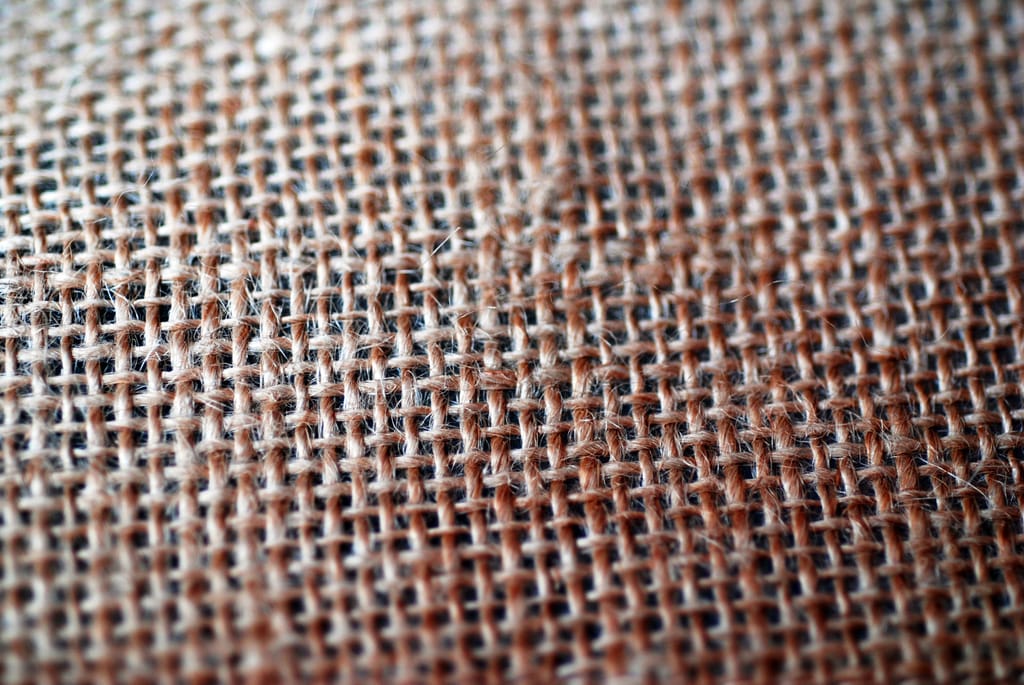What are biodegradable textiles?
We bandied the word biodegradable a lot for plastics, but what does it mean for textiles? Biodegradable fabrics are those which can break down into natural elements in the environment, as opposed to synthetic materials, which leave toxic wastes upon degradation.
There are a few different biodegradable fabrics, the most common being made from plant-based materials such as cotton, linen, hemp and bamboo. There are also manufactured fabrics made from renewable sources such as soy, corn and tropical palms, which can also break down quickly.
The benefits of biodegradable fabrics are many. For a start, they are indeed friendlier to the ecosystem, as they don’t contribute the harmful toxins the way non-biodegradable fabrics do. They too are softer and more enjoyable to wear, as well as being breathable.
Also, biodegradable fabrics can usually be composted, which is a benefit for those who are anxious to cut down their environmental impact. As the world moves increasingly towards sustainable processes, it’s likely that biodegradable fabrics will turn increasingly popular.

Advantages and types of biodegradable textiles
There are many advantages to using biodegradable textiles. Some biodegradable textiles decay within days or weeks, while others break down within months or years. Their advantages include:
- They are environmentally friendly and can decompose, provoking no harm to the ecosystem.
- We make them of natural materials.
- They are absorbent and utilized for a variety of applications, including medical and personal care.
- They are comfortable to wear and have a soft feel.
- They are affordable as a substitute to conventional textiles.
There are a few types of biodegradable textiles. They make the most common type of plant-based materials, such as bamboo, hemp, and cotton. These textiles are earth-friendly and decompose quickly. Other types of biodegradable textiles include those made of wool, silk, and microfiber. They are also environmentally friendly and decompose.
Conclusion
Overall, biodegradable textiles are a great way to reduce the amount of waste produced by the textile industry. We make them from natural materials bacteria or other microorganisms can break the fibers down, which means they won’t remain in landfills for years. However, there are some drawbacks to using biodegradable textiles, including the fact that they can be more expensive and they may not be as durable as traditional textiles.
Reference
- Krosofsky, A. (2021, January 4). What Fabrics Are Biodegradable? Green Matters. https://www.greenmatters.com/p/what-fabrics-are-biodegradable
- Arnett, G. (2019, November 29). How quickly do fashion materials biodegrade? Vogue Business. https://www.voguebusiness.com/sustainability/fashion-biodegradable-material-circularity-cotton
- Team, T. S. J. (2023, January 14). 31 Sustainable Fabrics For The Most Eco-Friendly Fashion. Sustainable Jungle. https://www.sustainablejungle.com/sustainable-fashion/sustainable-fabrics/
- Smith, K. (2021, March 4). What Is Biodegradable Fashion? LIVEKINDLY. https://www.livekindly.com/what-is-biodegradable-fashion/